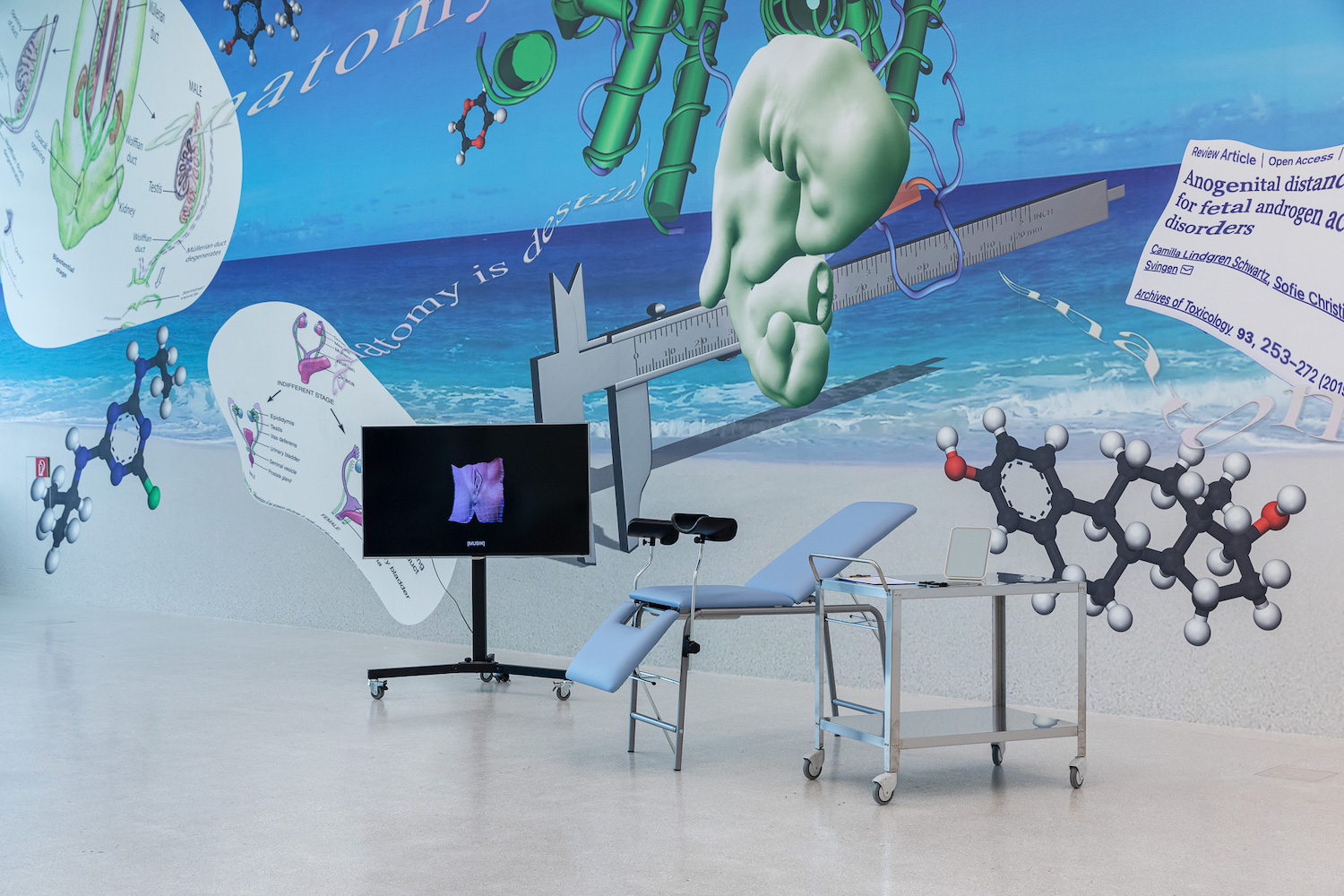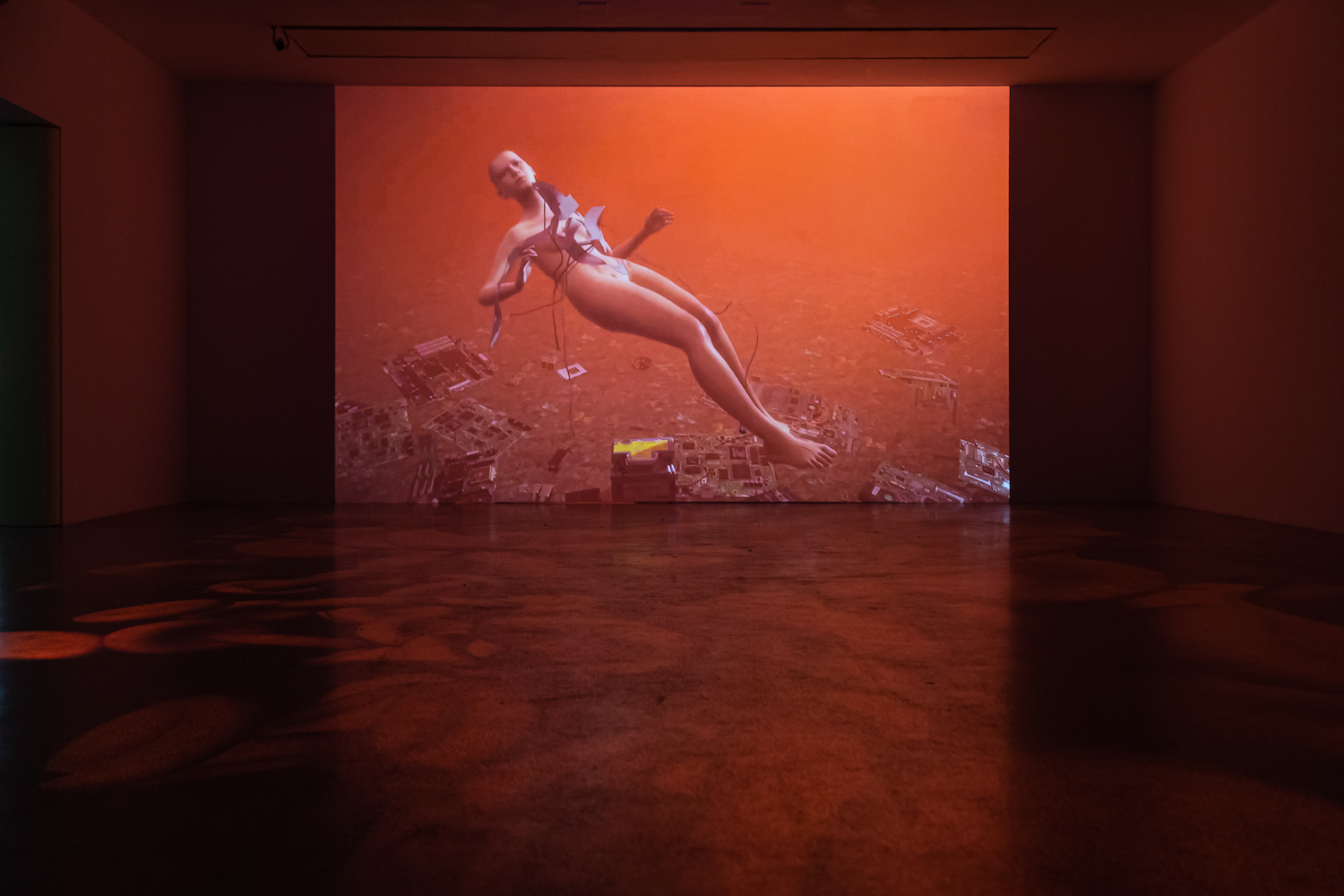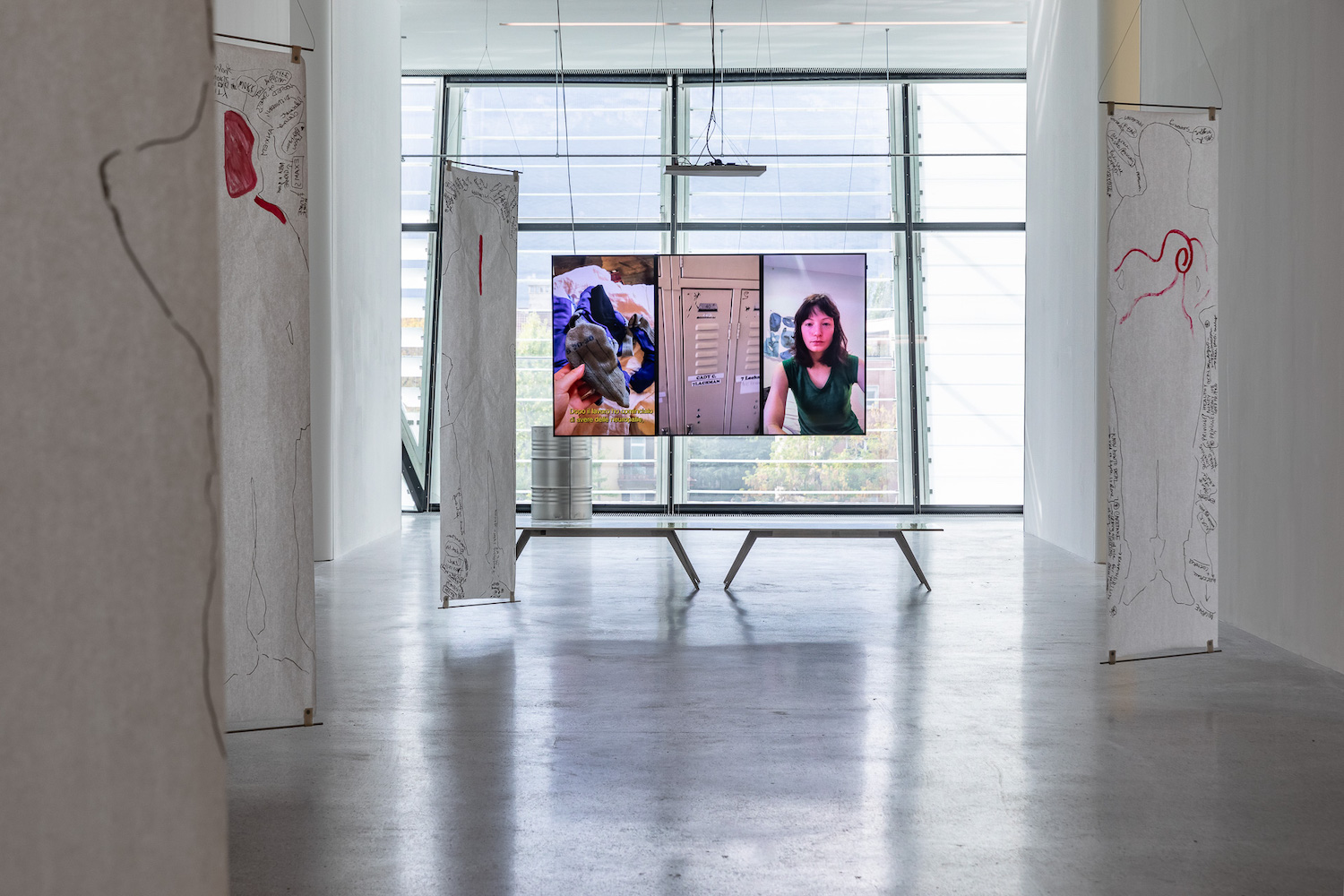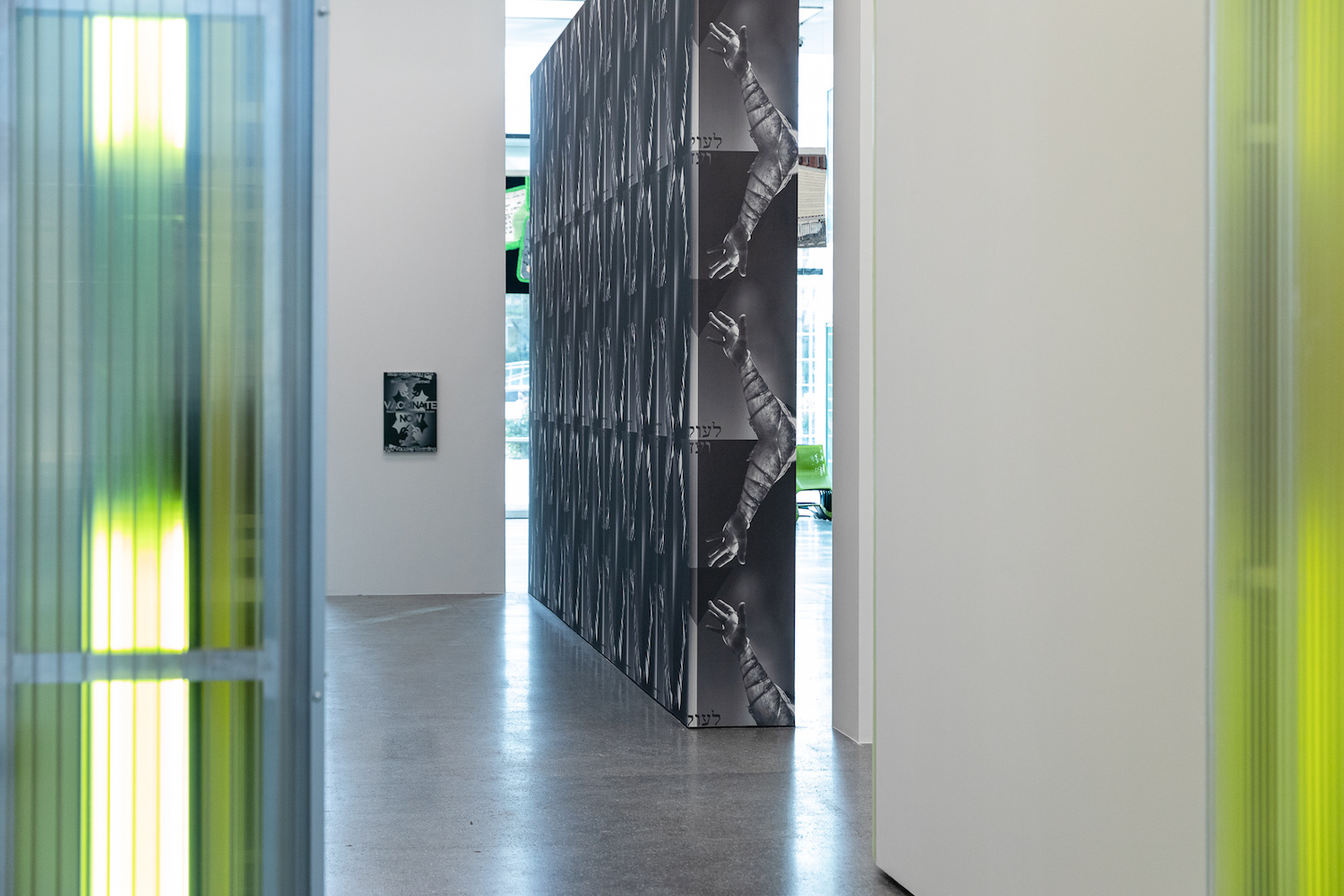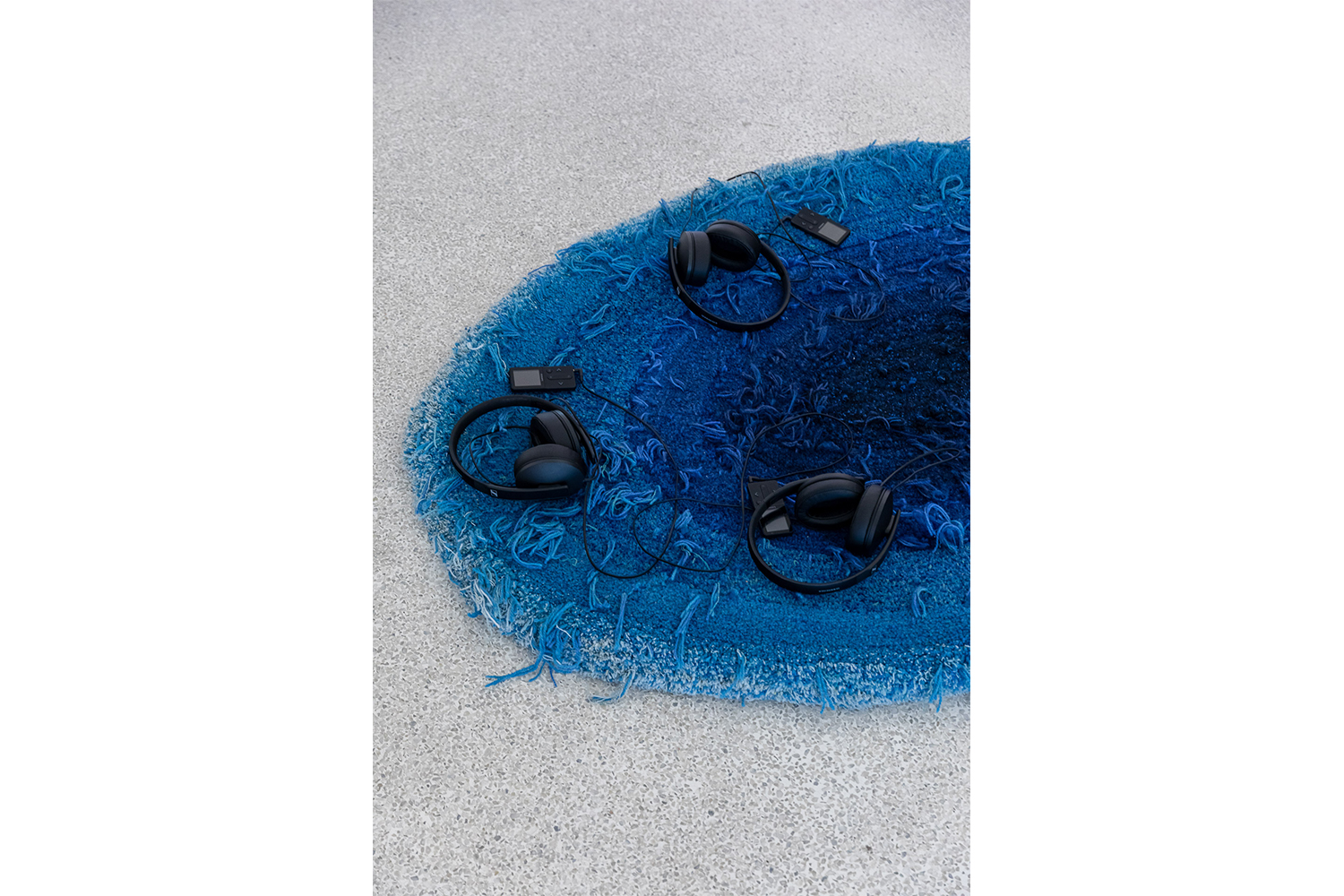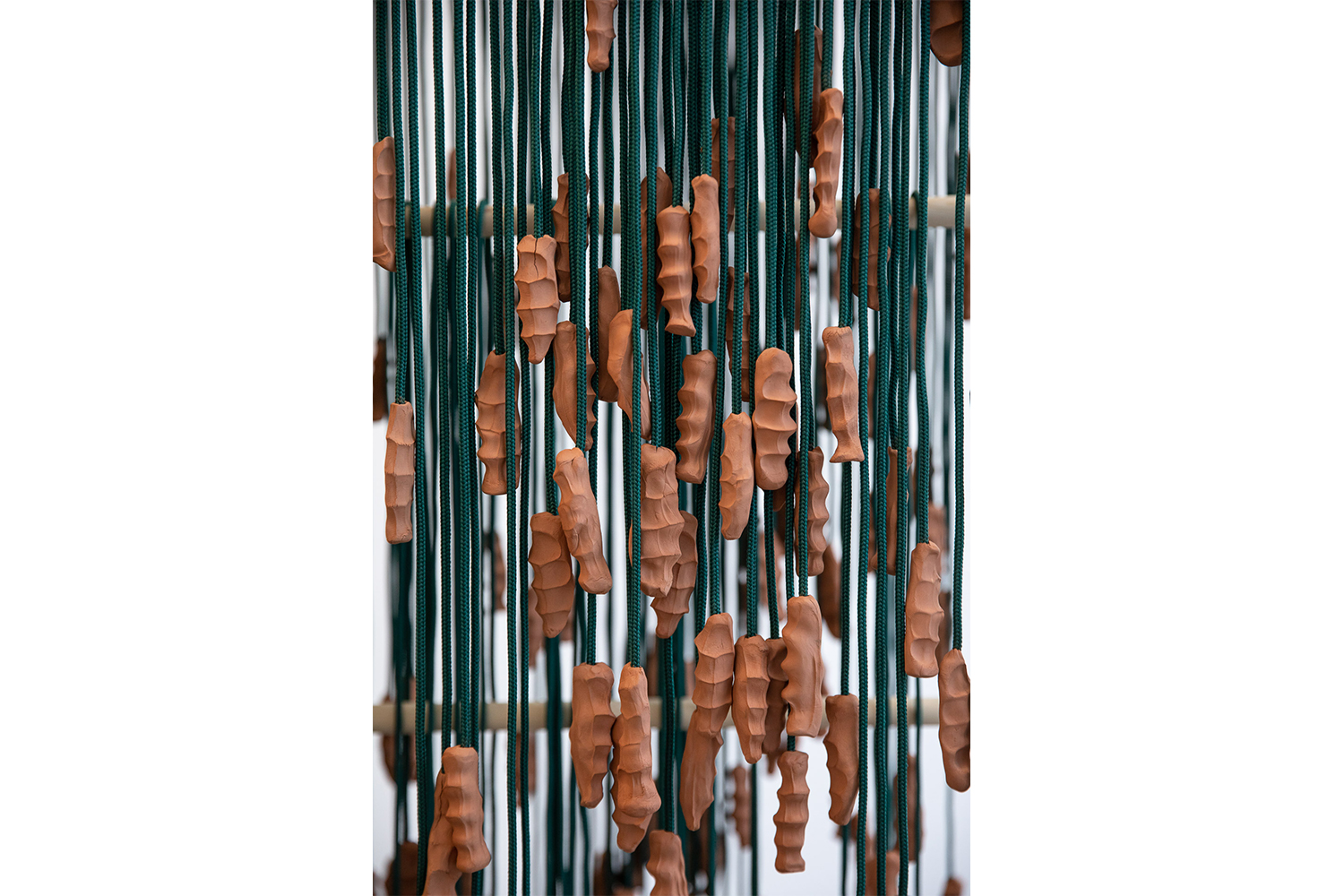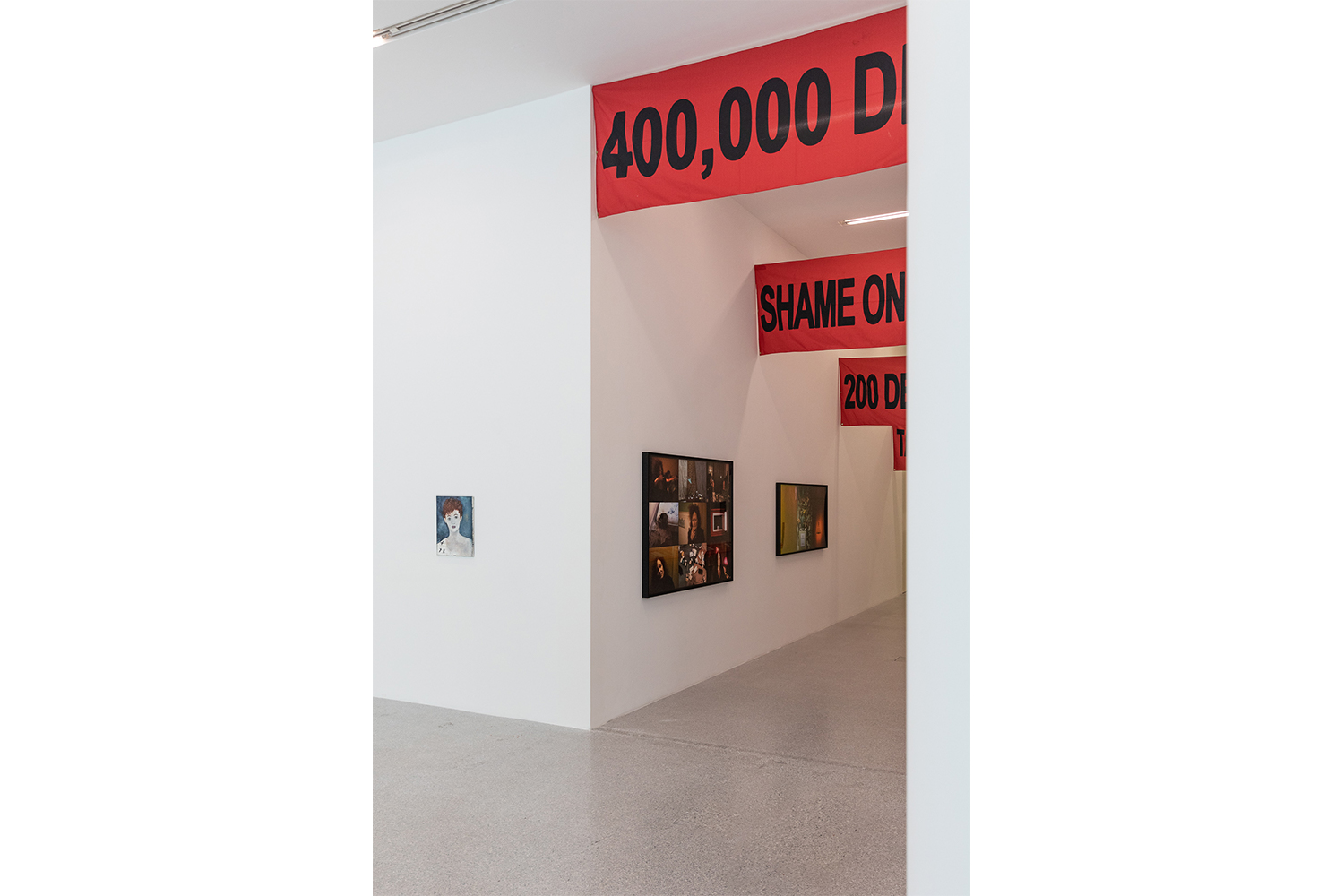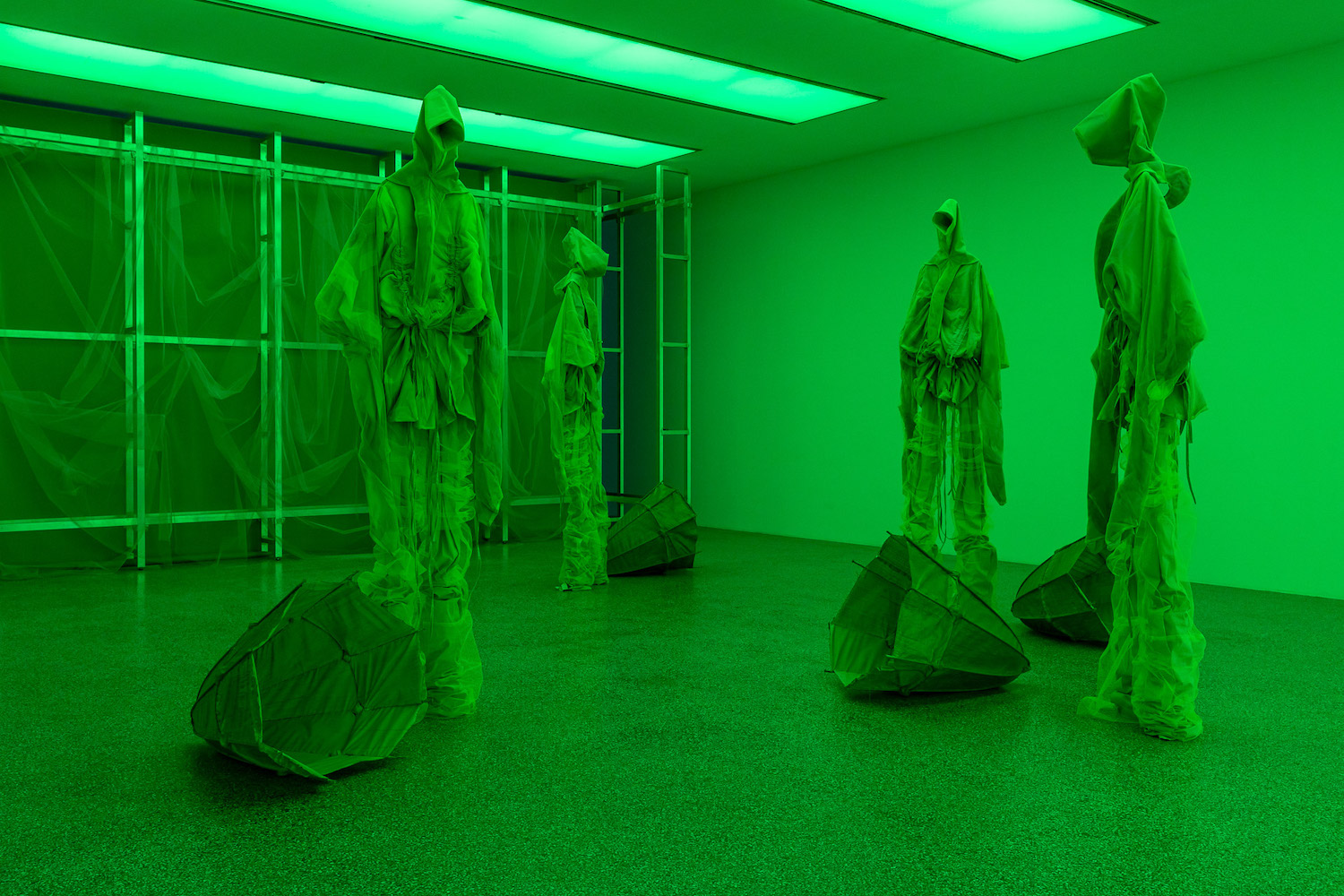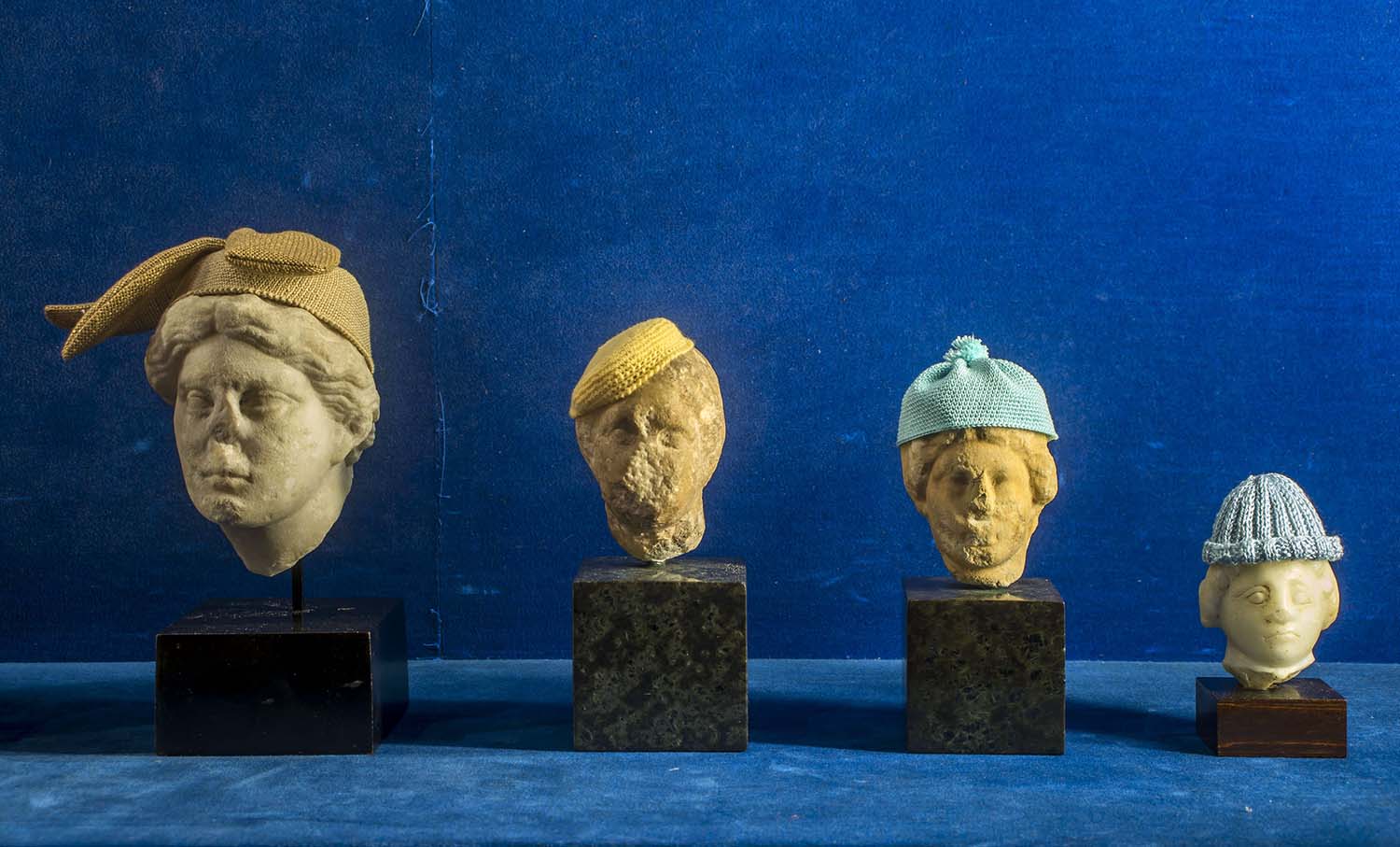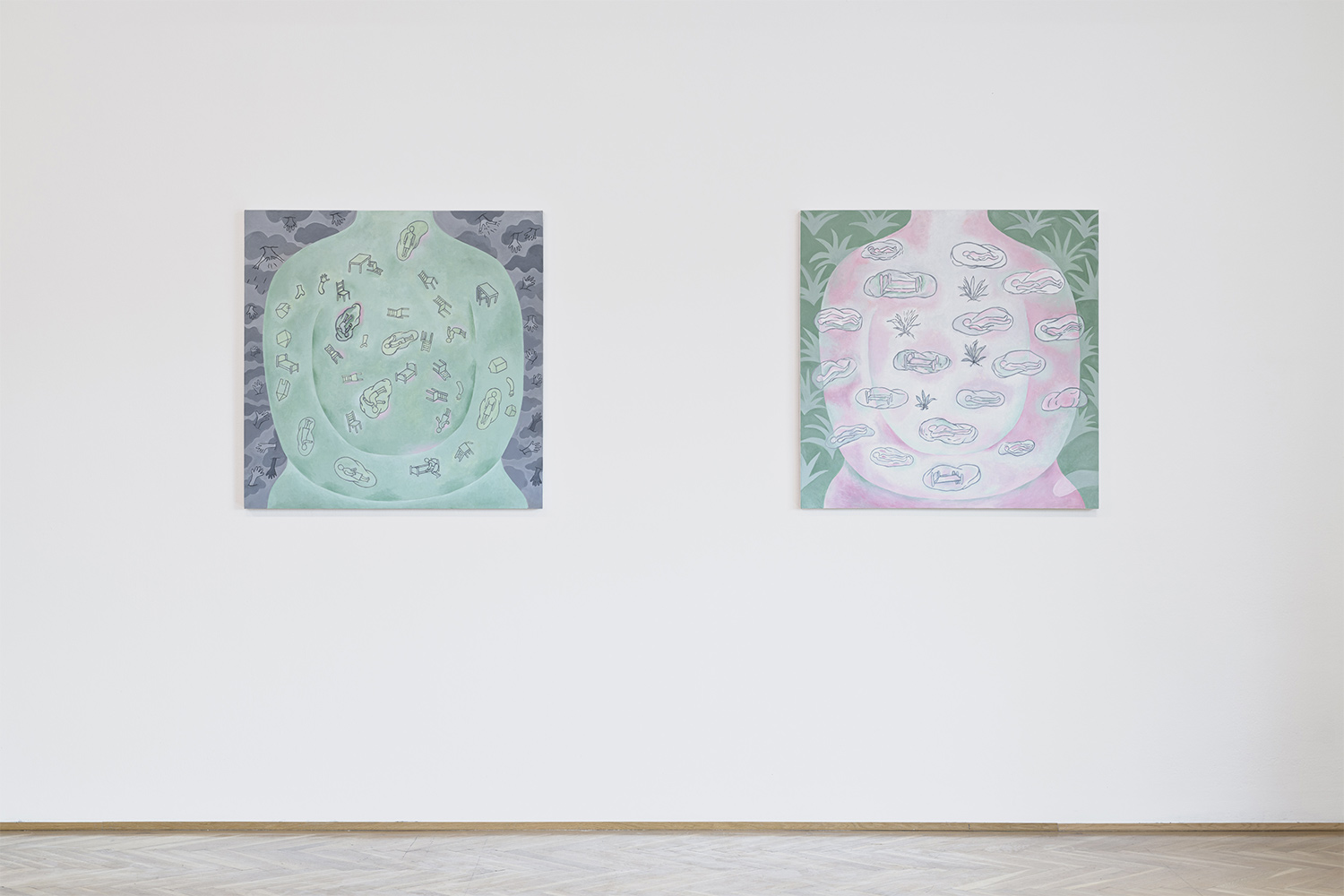Illness is life-adjacent, a consensus we ought to have reached during the pandemic. Regardless, as Susan Sontag argued, illness is ever fixed to antiquated fictional stereotypes associated with those who have fallen ill. With tuberculosis, Sontag elucidates the English literary canon to illustrate a sort of scarlet lens through which we view a romanticized state of deprivation, one grown out of a lack of status and capital — a bohemian woe resulting from one’s insatiable quest to fulfill their desires. Cancer, alternatively, represents another type of lack: a lack of such desire due to the self-inflicted repression brought on by, or rather within, the affluent class.
Sontag herself underwent breast cancer treatment and problematized the metaphors, victimization, and stigma of her own illness. In her 1978 book Illness as Metaphor she wrote about liberating illness from such ideas and, as she stressed, accepting “one’s residence in the kingdom of the ill unprejudiced by the lurid metaphors with which it has been landscaped.” Characterizing the body in binaries as either ill or healthy is a focal point for the current exhibition “Kingdom of the Ill,” curated by Sara Cluggish and Pavel Pyś at the MUSEION in Bolzano, Italy. To touch on the aesthetic and structural issues within and surrounding realms of chronic illness, healing, activism, and addiction, the curators cross out “kingdom” in their title. This represents their stance against belonging to either a kingdom of the healthy or of the ill. “We resist Sontag’s demarcation,” Cluggish and Pyś write, “instead drawing attention to the ways that wellness has become an impossible goal under advanced capitalism.”
The structural-material politics of illness and the activist movements initiated by those who have been affected by disability injustice underpin this show, especially how art institutions remain complicit in these injustices. Nan Goldin’s autobiographical and diaristic representations of recent struggles with addiction are shown alongside her advocacy in founding P.A.I.N. (Prescription Addiction Intervention Now). P.A.I.N. is an activist group that stages die-in protests at museums to highlight how institutions have directly benefited from the current opioid epidemic within the US. The targeted institutions accepted philanthropic gifts from the Sackler family, who are widely criticized for profiting off of the sales of OxyContin. Red banners that read “400,000 DEAD” and “SHAME ON SACKLER” hang from the gallery’s ceiling, marking the institutional responsibility of showing solidarity with those who struggle with opioid addiction. Leading up to P.A.I.N.’s protest banners are a series of works by Goldin, dated between 2013 to 2021, that depict her in various emotional states. Shown together with the evidence of her advocacy, the works offer a kind of reconciliation for the artist, and confirm that those who have experiences with addiction or disability injustice are likely to be the most stringent in enacting the needed change, action, and awareness.
At the exhibition’s entryway are works by Brothers Sick (Noah and Ezra Benus). In parallel to Goldin’s advocacy work, their collaborations account for cultures of advocacy in the face of imprudence. Brothers Sick employs didactic strategies and cites movements such as ACT UP — emerging out of the AIDS/HIV pandemic in the 1980s — bringing into view the measures taken after the outbreak of COVID-19 in late 2019. Many minority groups often experience PTSD as a result of not having enough access to adequate care. As a rights-centered postulation in favor of fair access to networks of care, the phrases “vaccinate now” and “an army of the sick can’t be defeated” are superimposed over aluminum placard-like images with inverted injection needles and hands. Next to this are photos, wallpapered and repeated, of extended arms with either a leather strap or IV coiled around them. This body of work, commissioned for the exhibition, refers to laws governing the wearing of tefillin, a leather strap with biblical inscriptions at the ends used for prayer that is laid out in the Torah, and the gross legislative oversight, stigmatization, and profit-orientation that leads to substandard healthcare within the US and across borders.
Adelita Husni-Bey’s On Necessary Work (2021) examines care work, which is likewise complicated by the aforementioned issues, by having medical personnel describe their exhaustative working conditions. In recorded video-zoom calls initiated by the artist, Husni-Bey accumulates testimonials directly from nurses who worked in ICUs after being lauded across news media in 2020 for their “essential work” during the initial breakout of the COVID-19 pandemic. “I think that’s how they hold us hostage, by putting labels like that on us,” one nurse named Rikke Wiwe says in a group discussion. Wiwe goes on to describe the discordant usage of the term essential, as it can be levied according to personal experience, philosophies of care, urgency, and the (often oppressive) infrastructures through which governments support or deny care work.
Alongside advocacy, artists and researchers reflect upon the refusal of any linear experience with illness throughout the exhibition. For instance, Mary Maggic’s video manifesto Genital(*)Panic (2019) repudiates the patriarchal medical procedure of gendering at birth, as defined by a queer-feminist discourse accompanied by an installed examination chair to conjure histories of gynecological testing on enslaved women. Mattia Marzorati’s photographs depict communities affected by industrial eco-contamination from chemical production plants in Brescia, Italy. Marzorati’s series “The Land of Holes” (2019–ongoing) captures regional government roles in corruption and the abject countenance of those who suffer from toxic waste exposure. And moral panic concerned with toxicity is what P. Staff’s installation Acid Rain for Museion (2022) evokes. Acid, dripping into steel drums from pipes that trace the museum’s architecture, conjures imaginaries developed out of chemical warfare hysteria and the potential contamination of our atmosphere. Enrico Boccioletti, alternatively, looks to more private and internal processes and obsessions that emerge from collective health-related anxieties. Boccioletti addresses the harm to one’s mental well-being when subjected to twenty-four-hour news-media cycles, represented here by a collection of clickbait news story headlines shelved behind glass in a manner comparable to hospital storage systems.
Conclusions about accessible conditions in public spaces are strikingly evident in Carolyn Lazard’s nuanced portrayal of the aesthetics of breathing and contagion. Lazard’s work, presented as a subdued and slight provocation, is quietly explicit in recalling their own lived experiences with chronic illnesses in relation to spaces. In contrast to the sci-fi sensibility of Shu Lea Cheang’s wandering computer-animated figure implying a duality between machine and body alike, Lazard’s ready-made installation Privatization (2020) consists of five functioning HEPA air purifier machines positioned on one floor of the museum, each of them filtering around 189 square feet of air. The objects, employed to move and clean air within a room, become blaring revelations of how easy it is to overlook relationships between bodies in space. In Lazard’s use of these active and functional machines, they highlight embodied positions impacted by extractive medical capitalism in addition to environmental collapse.
Illness has long been used as a border regime. This paradox was also problematized in Sontag’s text: tuberculosis plays the role of the consumptive invader while cancer is the invasive disruptor in one’s otherwise healthy life. This racialized notion, sparingly referenced in the show, is often weaponized at EU borders through the use of medical examinations that subject one’s personhood to xenophobic conventions of legitimacy. “Kingdom of the Ill” foregrounds a necessary critique of Sontag’s initial binarism concerning the healthy and ill, bringing it into dialogue with the present pandemic and current conditions of peak capitalism. The exhibition’s connective tissue stands as a reflection on inaccessibility, compliance, and capital in medical and cultural institutional spaces, during a time when the status of illness is a constant and overarching index for the incessant (and recently industrialized) desire for wellness.

